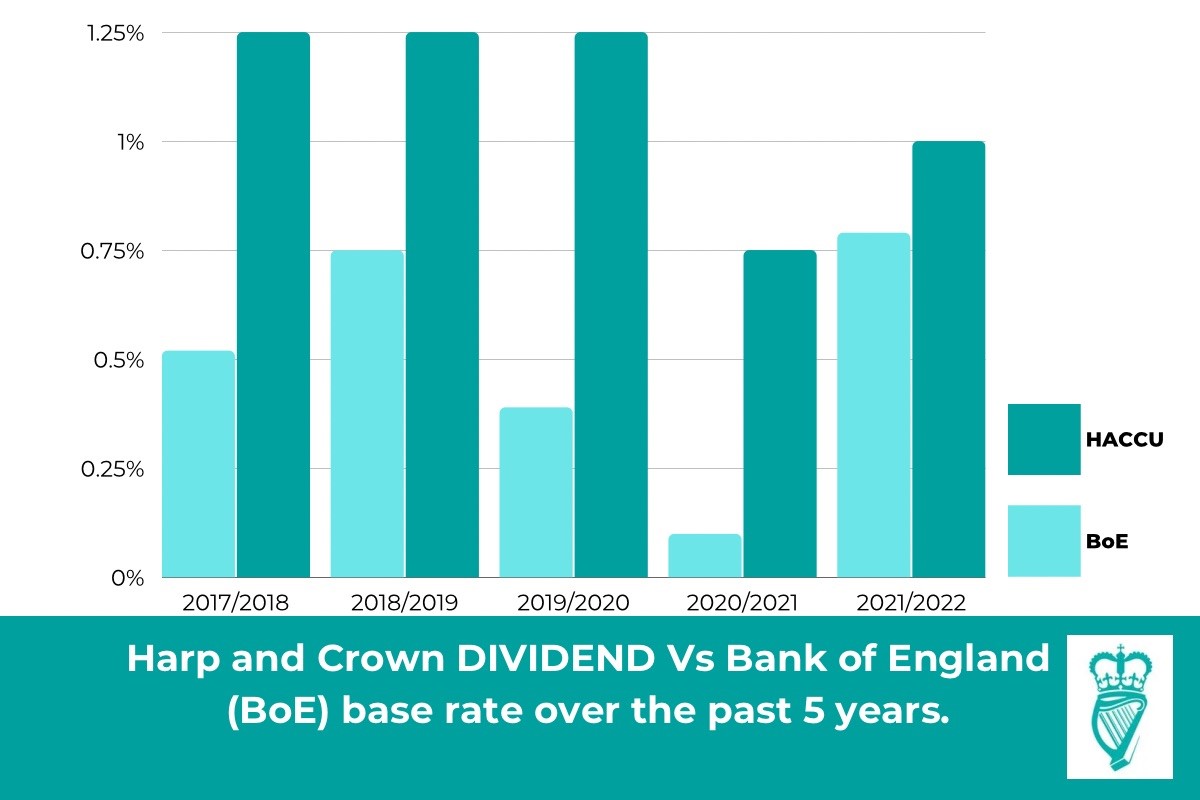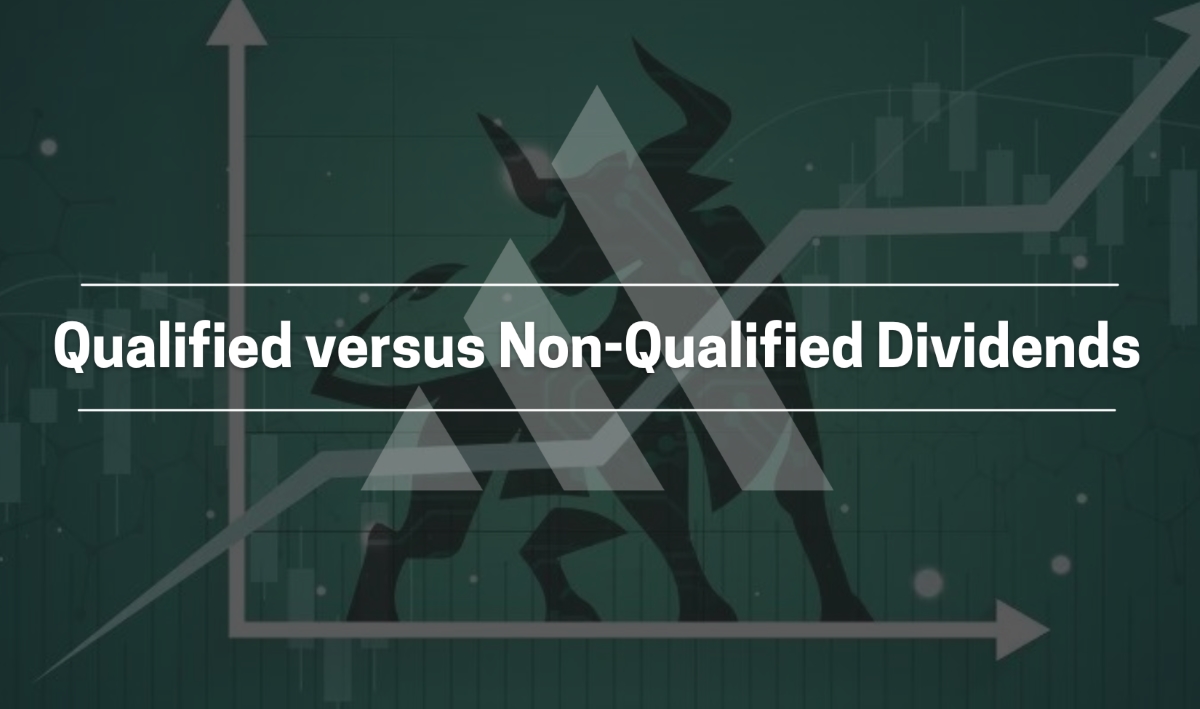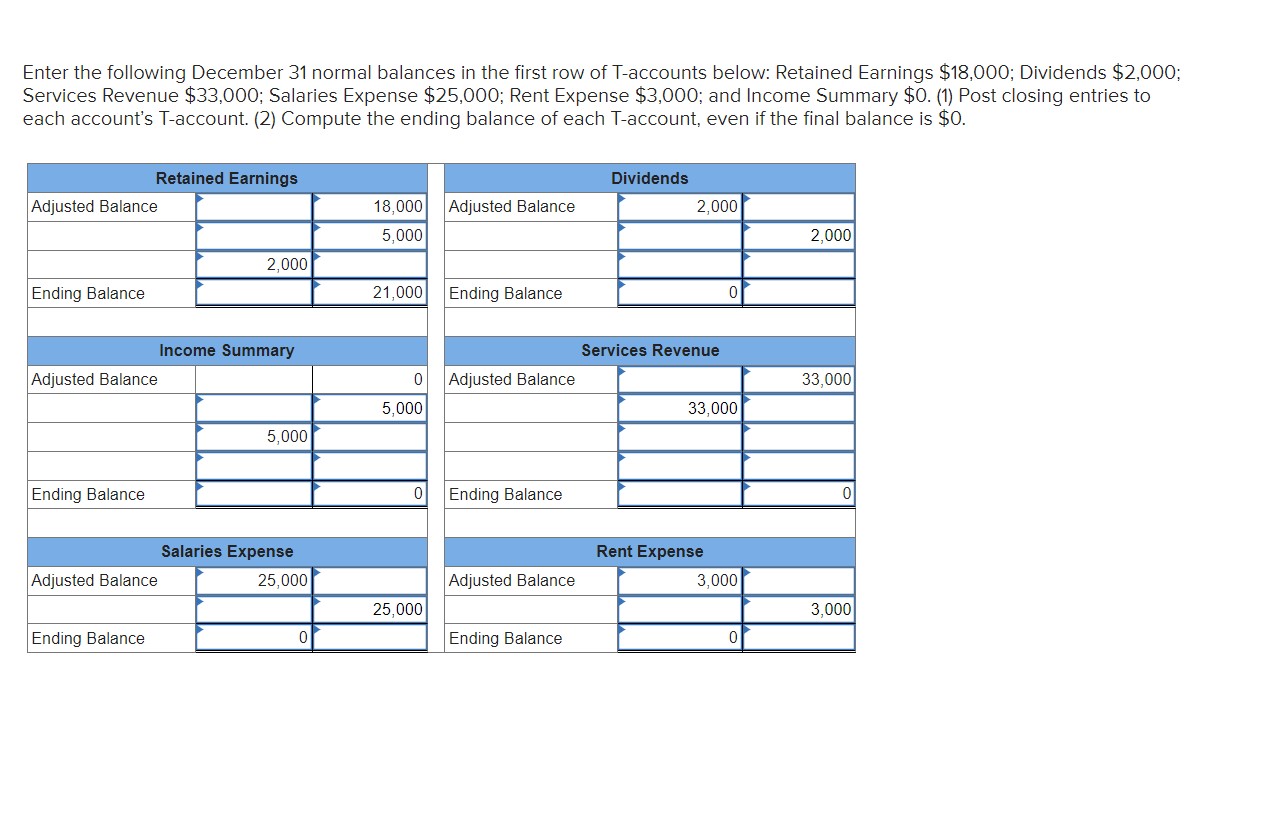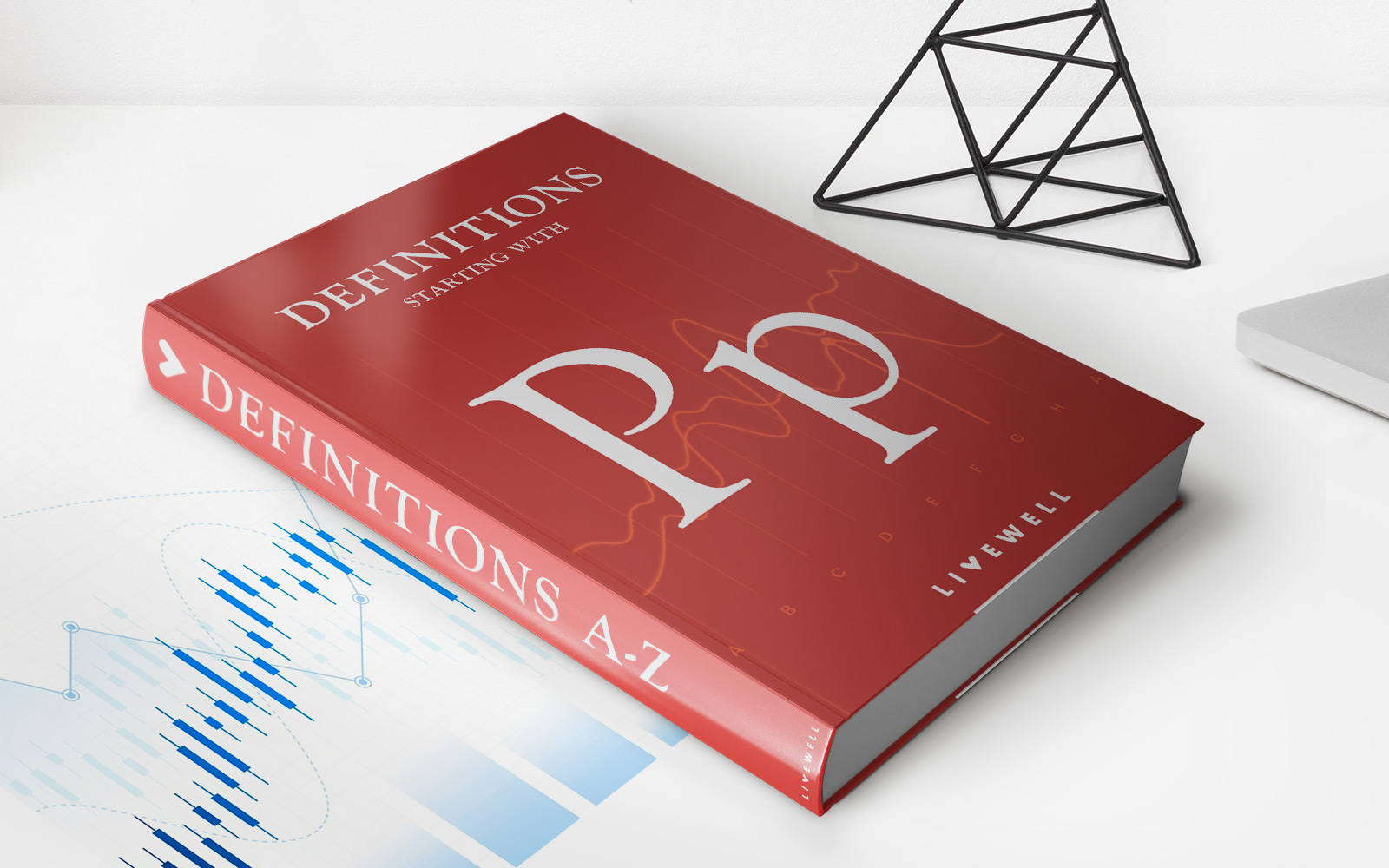

Finance
What Is A Credit Dividend
Published: January 14, 2024
Discover the concept of credit dividends in finance and how they can impact your financial strategy. Learn more about this valuable financial tool.
(Many of the links in this article redirect to a specific reviewed product. Your purchase of these products through affiliate links helps to generate commission for LiveWell, at no extra cost. Learn more)
Table of Contents
Introduction
Welcome to the world of finance, where innovative concepts and strategies continue to emerge in the pursuit of wealth accumulation. One such concept that has gained traction in recent years is the idea of credit dividends. In this article, we will delve into the fascinating world of credit dividends, exploring what they are, how they work, their benefits, and their limitations.
Credit dividends are a relatively new financial instrument that allows individuals and businesses to earn income based on their creditworthiness. Traditionally, dividends have been associated with stocks and other investments, where shareholders receive a portion of the company’s profits. However, credit dividends are a unique twist to this concept, offering individuals the opportunity to earn income based on their credit history, rather than their ownership of assets.
With the rise of alternative lending platforms and the increasing importance of credit in financial decision-making, credit dividends have emerged as a way to reward individuals for their responsible credit behavior. Through credit dividends, individuals can earn passive income simply by maintaining a strong credit profile and making timely repayments on their loans and credit obligations.
This article aims to provide a comprehensive overview of credit dividends, shedding light on how they work, their benefits, and the factors that can affect them. Whether you are a seasoned investor or someone curious about exploring new financial strategies, this article will equip you with the knowledge you need to make informed decisions about credit dividends.
So, let’s dive into the world of credit dividends and unveil the opportunities they present for individuals and businesses alike.
Definition of Credit Dividend
Credit dividends can be defined as a form of income or reward that individuals or businesses receive based on their creditworthiness. Unlike traditional dividends, which are associated with ownership of assets or stocks, credit dividends are earned by maintaining a strong credit profile and demonstrating responsible credit behavior.
When an individual or business has a good credit history, lenders and financial institutions view them as low-risk borrowers. As a result, these borrowers are eligible to receive credit dividends in the form of cash, discounts, or other incentives. Credit dividends can be earned by individuals with personal loans, credit cards, mortgages, or any other type of credit obligation.
The concept of credit dividends originated from the growing recognition of the value of creditworthiness in the financial industry. Lenders and financial institutions aim to encourage and reward borrowers who exhibit responsible financial behavior, such as making timely repayments, keeping credit utilization low, and maintaining a good credit score.
It is important to note that credit dividends are not guaranteed and may vary depending on individual circumstances and the specific terms of the credit agreement. The amount and frequency of credit dividends can vary from lender to lender, and are typically dependent on factors such as the borrower’s credit score, repayment history, and the overall performance of the lending institution.
Credit dividends can take various forms, including:
- Cash dividends: Borrowers may receive cash rewards based on their creditworthiness. These dividends can be paid out periodically or as a lump sum.
- Discounts: Borrowers may be eligible for discounts or reduced interest rates on their credit obligations as a reward for maintaining good credit standing.
- Points or rewards: Borrowers may earn points or rewards that can be redeemed for various benefits, such as travel, shopping, or gift cards.
- Fee waivers: Borrowers may have certain fees waived as a reward for their creditworthiness, such as annual fees on credit cards.
Credit dividends offer borrowers an additional incentive to maintain good credit standing and make responsible financial decisions. By rewarding individuals and businesses for their creditworthiness, credit dividends play a crucial role in promoting financial stability and encouraging responsible borrowing behavior.
How Credit Dividends Work
Credit dividends work by rewarding individuals or businesses for their creditworthiness and responsible credit behavior. The process of earning credit dividends typically involves the following steps:
- Establishing credit: To be eligible for credit dividends, individuals or businesses must first establish credit by obtaining loans, credit cards, or other credit obligations. This allows financial institutions to assess their creditworthiness and determine their eligibility for earning credit dividends.
- Maintaining a strong credit profile: Once credit is established, borrowers must focus on maintaining a strong credit profile. This involves making timely repayments on credit obligations, keeping credit utilization low, and avoiding defaults or delinquencies. A good credit score and positive credit history are critical in maximizing the potential for earning credit dividends.
- Meeting eligibility criteria: Lenders and financial institutions may have specific eligibility criteria for earning credit dividends. These criteria can vary and may include factors such as minimum credit score requirements, a certain repayment history, or a certain level of credit utilization. Borrowers must meet these criteria to qualify for credit dividends.
- Earning credit dividends: Once borrowers meet the eligibility criteria, they can start earning credit dividends. The specific method of earning credit dividends depends on the lender or financial institution. It can be in the form of cash dividends, discounts on interest rates or fees, points or rewards, or other incentives.
- Receiving credit dividends: Credit dividends can be received periodically or as a lump sum, depending on the terms and conditions set by the lender or financial institution. Cash dividends may be deposited into the borrower’s bank account, while discounts or rewards may be applied directly to their credit obligations.
It is important to note that the earning potential and the specific process of credit dividends can vary from lender to lender. Some lenders may offer credit dividend programs directly, while others may partner with third-party providers to offer these incentives. It is essential for borrowers to carefully read the terms and conditions of their credit agreements to understand the details of their credit dividend program.
Additionally, credit dividends are not guaranteed and may be subject to change based on the borrower’s ongoing credit behavior and the performance of the lending institution. Borrowers must continue to maintain good credit standing to ensure the sustainability of credit dividends.
Overall, credit dividends serve as a way to reward individuals and businesses for their responsible credit behavior. By offering financial incentives for maintaining good credit standing, credit dividends contribute to the positive financial health of borrowers and foster a culture of responsible borrowing in the financial industry.
Benefits of Credit Dividends
Credit dividends offer numerous benefits to individuals and businesses. Here are some of the key advantages:
- Financial rewards: One of the primary benefits of credit dividends is the opportunity to earn financial rewards. Whether in the form of cash dividends, discounts, or rewards, credit dividends provide an additional stream of income or cost savings for borrowers. This can help individuals and businesses improve their financial situation, pay off debt faster, or invest in other endeavors.
- Recognition of creditworthiness: Credit dividends recognize and reward individuals and businesses for their creditworthiness. By earning credit dividends, borrowers receive validation for their responsible financial behavior, reinforcing their commitment to maintaining good credit standing.
- Incentive for responsible credit behavior: Credit dividends serve as an incentive for individuals and businesses to exhibit responsible credit behavior. Knowing that they can earn financial rewards or benefits by making timely repayments and maintaining a good credit profile motivates borrowers to stay on top of their credit obligations.
- Improved access to credit: Building and maintaining a strong credit profile through credit dividends can enhance borrowers’ access to credit in the future. Lenders and financial institutions are more likely to offer favorable terms and conditions, lower interest rates, or higher credit limits to individuals with a proven track record of responsible credit behavior.
- Enhanced financial stability: Earning credit dividends can contribute to the overall financial stability of borrowers. The additional income or savings from credit dividends can be used to build emergency funds, invest in long-term goals, or pay down debt. This helps individuals and businesses create a solid foundation for their financial well-being.
- Promotion of responsible borrowing culture: By rewarding responsible credit behavior, credit dividends help promote a culture of responsible borrowing. The availability of credit dividends incentivizes borrowers to manage their credit responsibly, which ultimately benefits the financial industry as a whole by reducing the risk of defaults and delinquencies.
It is important to remember that the specific benefits of credit dividends can vary depending on the lender, the credit dividend program, and the individual’s or business’s creditworthiness. Borrowers should carefully evaluate the terms and conditions of credit dividend programs to understand the potential benefits they can receive.
Overall, credit dividends provide a range of advantages, including financial rewards, recognition of creditworthiness, incentives for responsible credit behavior, improved access to credit, enhanced financial stability, and the promotion of a responsible borrowing culture. These benefits make credit dividends an attractive option for individuals and businesses looking to maximize the value of their creditworthiness.
Factors Affecting Credit Dividends
Several factors can impact the amount and availability of credit dividends that individuals or businesses can earn. Understanding these factors is essential for borrowers to effectively maximize their credit dividend potential. Here are some key factors that can influence credit dividends:
- Credit score: One of the primary factors that lenders consider when determining credit dividends is the borrower’s credit score. A higher credit score indicates a lower risk of default and demonstrates responsible credit behavior, making borrowers more eligible for higher credit dividends.
- Credit history: Lenders also assess a borrower’s credit history to determine credit dividend eligibility. A positive credit history, with a track record of making timely repayments and responsible credit management, can increase the likelihood of earning credit dividends.
- Credit utilization: The percentage of available credit that a borrower utilizes, known as credit utilization, is another factor that can impact credit dividends. Keeping credit utilization low demonstrates responsible credit behavior and can lead to higher dividends.
- Repayment history: Timely and consistent repayments are crucial for earning credit dividends. Lenders assess a borrower’s repayment history to determine their creditworthiness and the likelihood of successfully earning credit dividends.
- Relationship with the lender: A borrower’s relationship with the lender or financial institution can also influence credit dividend availability. Long-standing customers who have had a positive relationship with the lender may be eligible for additional credit dividend benefits.
- Performance of the lending institution: The financial performance and profitability of the lending institution offering credit dividends can impact the availability and amount of credit dividends. If the lending institution is not performing well, it may reduce the credit dividend offerings.
- Economic factors: Economic conditions can also affect credit dividends. During periods of economic downturn or recession, lenders may adjust credit dividend programs to manage risk and preserve financial stability.
- Terms and conditions: Each credit dividend program has its own terms and conditions, which can vary from lender to lender. Borrowers should carefully review the terms and conditions to understand the specifics of the credit dividend program and any factors that may impact the eligibility or value of credit dividends.
It is important to note that the weight and importance of these factors can vary depending on the lender or financial institution. Different lenders may have different algorithms or criteria for determining credit dividend eligibility and value.
Overall, borrowers should be aware of these factors and aim to maintain a strong credit profile and responsible credit behavior to increase their chances of earning higher credit dividends. Regularly monitoring credit reports, making timely repayments, and managing credit responsibly are key strategies for maximizing credit dividend potential.
Risks and Limitations of Credit Dividends
While credit dividends offer enticing benefits, it is important to understand the risks and limitations associated with them. Here are some key considerations:
- Variable nature: Credit dividends are not guaranteed and can vary in terms of availability, amount, and frequency. Lenders may change their credit dividend programs or discontinue them altogether, impacting the potential earnings for borrowers.
- Impact on borrowing decisions: Relying too heavily on credit dividends as a source of income or savings can lead to making imprudent borrowing decisions. Borrowers should carefully evaluate the overall cost of credit and consider credit dividends as a supplementary benefit rather than a primary source of income.
- Eligibility criteria: Meeting the eligibility criteria for credit dividends can be challenging for some borrowers. Factors such as credit score, credit history, and relationship with the lender may limit the number of individuals or businesses eligible for credit dividends.
- Subjective assessments: Credit dividend programs often involve subjective assessments by lenders, which can introduce a level of uncertainty. The determination of creditworthiness and the amount of credit dividends can vary between lenders, making it difficult for borrowers to compare and evaluate their options.
- Dependency on external factors: Credit dividends are influenced by external factors such as the performance of the lending institution and economic conditions. During periods of financial instability or economic downturn, credit dividend availability and value may be impacted.
- Terms and conditions: Each credit dividend program has its own terms and conditions, which may include limitations, restrictions, and expiration dates. Borrowers should carefully review and understand these terms to avoid any surprises or misunderstandings.
- Opportunity cost: Participating in a credit dividend program may limit the ability to explore other investment opportunities or financial instruments that could potentially provide higher returns. Borrowers should consider the opportunity cost of participating in a credit dividend program before committing to it.
It is crucial for borrowers to thoroughly assess the risks and limitations associated with credit dividends and determine if they align with their financial goals and overall borrowing strategy. Seeking the advice of a financial professional can help individuals and businesses make informed decisions and evaluate the potential risks and rewards of participating in a credit dividend program.
By understanding the risks and limitations, borrowers can effectively manage their expectations and incorporate credit dividends as part of a well-rounded financial plan.
Conclusion
Credit dividends have emerged as an innovative way to reward individuals and businesses for their creditworthiness and responsible credit behavior. These financial incentives, which can be in the form of cash, discounts, or other rewards, provide borrowers with additional income or cost savings.
In this article, we explored the concept of credit dividends, discussing their definition, how they work, their benefits, and the factors that can affect them. Credit dividends offer borrowers the opportunity to earn financial rewards, receive recognition for their creditworthiness, and incentivize responsible credit behavior. They can also improve access to credit, enhance financial stability, and promote a culture of responsible borrowing.
However, it is important to understand that credit dividends are not without risks and limitations. The variable nature of credit dividends, eligibility criteria, subjective assessments, and external factors can impact the availability and value of credit dividends. Borrowers should carefully evaluate the terms and conditions of credit dividend programs and consider the potential opportunity cost of participating.
Ultimately, credit dividends can be a valuable addition to a borrower’s financial strategy, but they should be viewed as a supplementary benefit rather than a primary source of income. Maintaining a strong credit profile, practicing responsible credit behavior, and carefully assessing the risks and limitations associated with credit dividends can help borrowers make informed decisions and maximize their potential benefits.
As the financial landscape continues to evolve, credit dividends provide an exciting opportunity for individuals and businesses to benefit from their creditworthiness. By leveraging the power of credit dividends, borrowers can unlock additional value from their financial decisions and strive towards a more prosperous and stable financial future.














